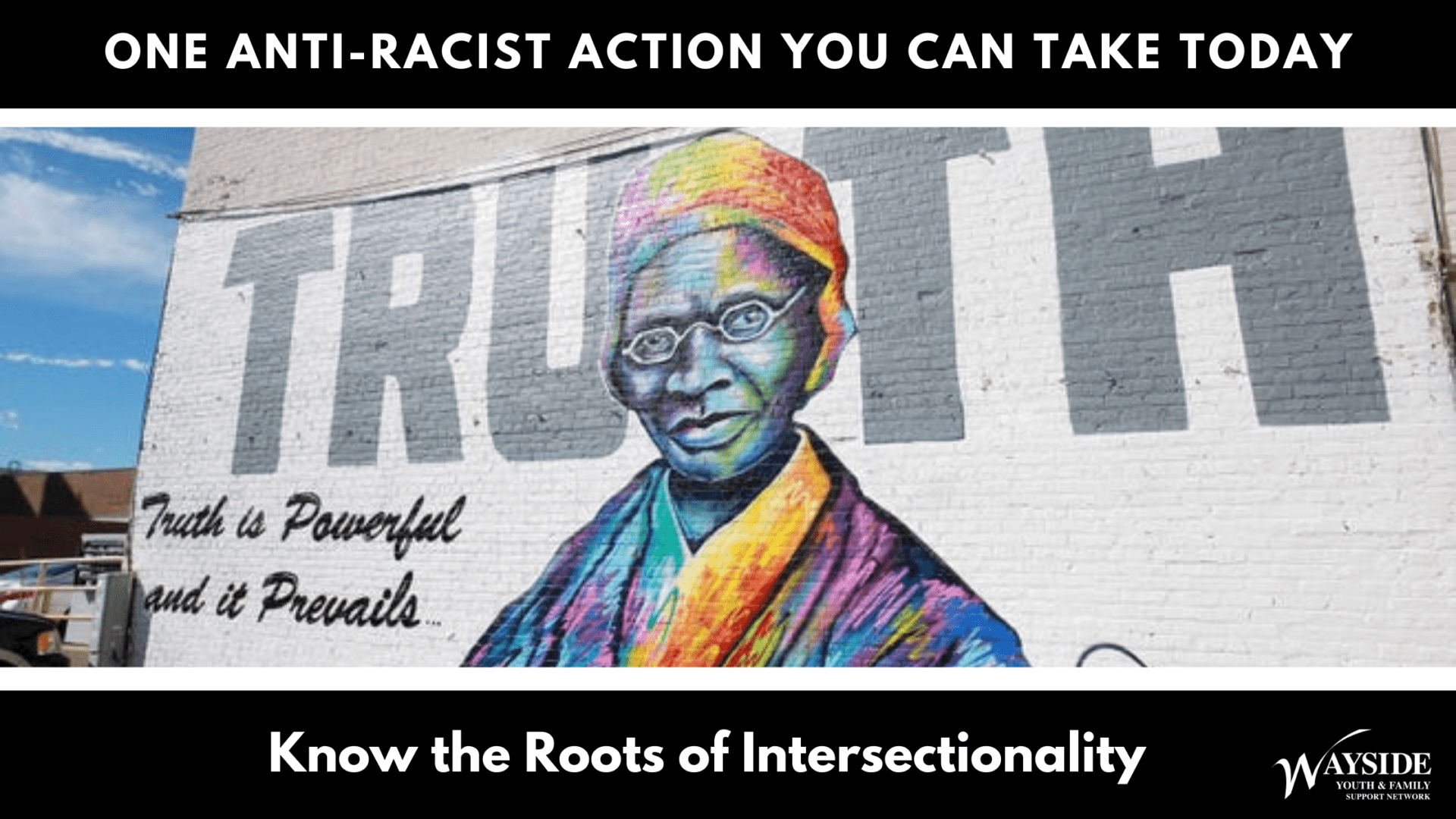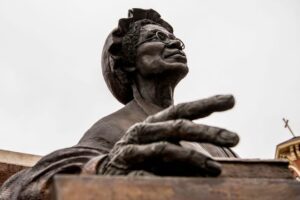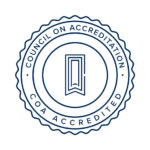One Anti-Racist Action You Can Take Today: Know The Roots of Intersectionality

By Guimel DeCarvalho
Vice President of People & Culture, Chief Diversity Officer
We often remember Sojourner Truth for her “Ain’t I a Woman?” speech, but her legacy includes more than public speaking. After she escaped a plantation with her daughter, Truth successfully won a court case regarding her son being illegally sold into slavery. As the first Black woman to win such a case against a white man, Truth set an important legal precedent with implications for the country’s early legal system. She embraced religion and renamed herself, traveling all over the country to speak out against slavery and in support of women’s rights.
Sojourner Truth utilized her identity to become a successful speaker and sway minds. By acknowledging that different parts of her identity worked together to create her experience of multi-layered discrimination based on race and gender. Truth laid bare the “intersection” of Black women who were not being represented by the abolitionist movement that focused on the rights of Black men or the suffrage movement which focused on white women. Truth argued that Black women shouldn’t have to choose which became the basis for intersectionality.
 Sojourner Truth (1797-1883): Ain’t I A Woman?
Sojourner Truth (1797-1883): Ain’t I A Woman?
Delivered 1851
Women’s Rights Convention, Old Stone Church (since demolished), Akron, Ohio
Well, children, where there is so much racket there must be something out of kilter. I think that ‘twixt the negroes of the South and the women at the North, all talking about rights, the white men will be in a fix pretty soon. But what’s all this here talking about? That man over there says that women need to be helped into carriages, and lifted over ditches, and to have the best place everywhere. Nobody ever helps me into carriages, or over mud-puddles, or gives me any best place! And ain’t I a woman? Look at me! Look at my arm! I have ploughed and planted, and gathered into barns, and no man could head me! And ain’t I a woman? I could work as much and eat as much as a man – when I could get it – and bear the lash as well! And ain’t I a woman? I have borne thirteen children, and seen most all sold off to slavery, and when I cried out with my mother’s grief, none but Jesus heard me! And ain’t I a woman?
Then they talk about this thing in the head; what’s this they call it? [member of audience whispers, “intellect”] That’s it, honey. What’s that got to do with women’s rights or negroes’ rights? If my cup won’t hold but a pint, and yours holds a quart, wouldn’t you be mean not to let me have my little half measure full?
Then that little man in black there, he says women can’t have as much rights as men, ’cause Christ wasn’t a woman! Where did your Christ come from? Where did your Christ come from? From God and a woman! Man had nothing to do with Him.
If the first woman God ever made was strong enough to turn the world upside down all alone, these women together ought to be able to turn it back and get it right side up again! And now they is asking to do it, the men better let them.
Obliged to you for hearing me, and now old Sojourner ain’t got nothing more to say.
Read more about Sojourner Truth, intersectionality and the debate about her original speech:
Remembering Sojourner Truth, The Mother of Intersectional Feminism
Women’s Rights National Historic Park: Sojourner Truth Ain’t I A Woman?

